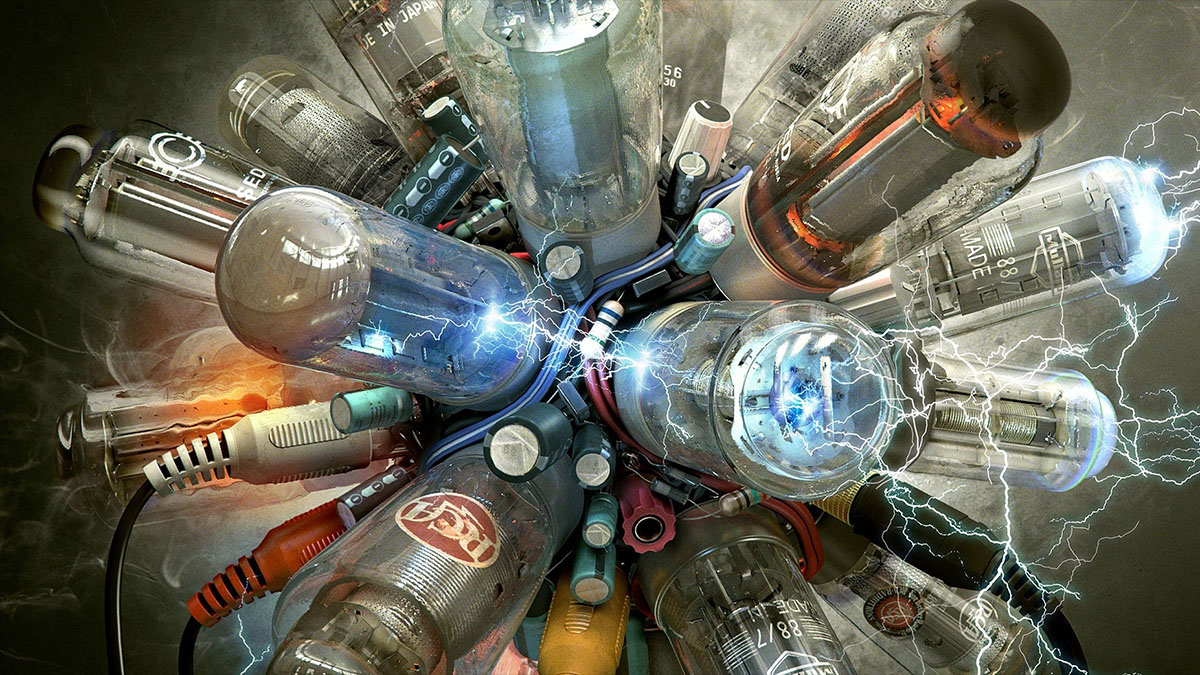a proton here, a proton there…

Last week, I wrote about the newest addition to the periodic table of elements, a synthetic atom created in a heavy ion collider for the purpose of seeing how many protons and neutrons you could squeeze together and still have a nucleus that can hold itself together, if only for an instant. And in the case of Element 112, we really do mean an instant since its half-life is just a few hundred microseconds. But why do some atoms generally tend to have shorter and shorter half-lives as their atomic numbers get higher and higher? And why do just a few upward notches along the way produce radical differences in how the resulting elements behave?
When we mention the atomic number of an element, what we’re really talking about is the number of protons in its atoms’ nuclei. Of course, you can’t just put protons together and expect to create a stable structure. The particles will have the same spin and charge, which means that the electrostatic repulsion between them will be too much to overcome with the strong nuclear force. You need neutrons to keep the nucleus intact and as the number of protons increases, you’ll need more and more neutrons to balance out their mutual repulsion. Eventually, as you move down the periodic table you’ll find bismuth which has 83 protons and 126 neutrons, a configuration currently thought to be the heaviest stable nuclear composition. After that, all the elements we’re aware of become radioactive, starting with the 84 proton and 125 neutron polonium.
Ordinarily, in a stable atom, the strong nuclear force would keep the nucleus intact. But in a radioactive atom, there’s not enough binding energy to stop it from decaying. The heavier the atom and the more protons it has, the harder it is to stabilize and as the atomic number creeps upward, we cross certain thresholds for just how stable the isotopes we discover would be. This is why just one more proton creates a radioactive substance, another ten create elements with drastically shorter half-lives than the ones preceding them, and eleven more cut down those half-lives further still.





